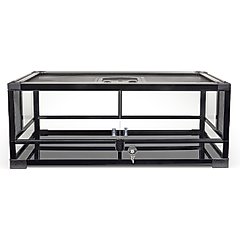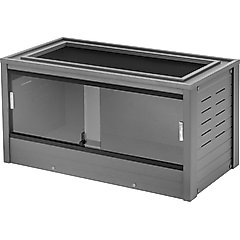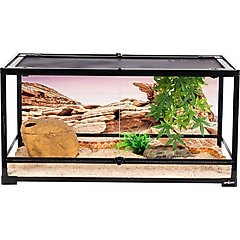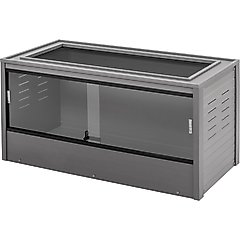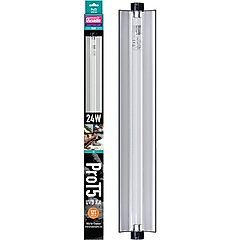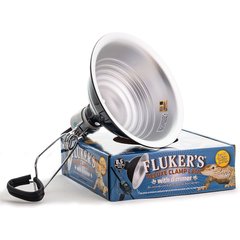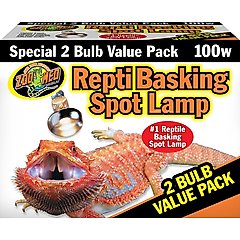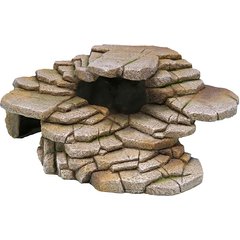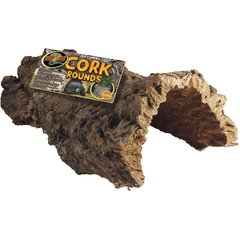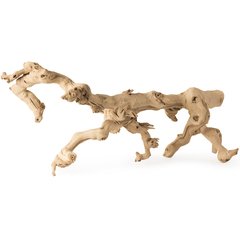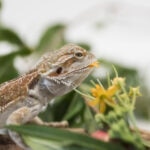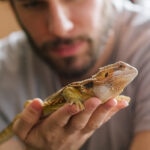What Size Tank Does A Bearded Dragon Need?
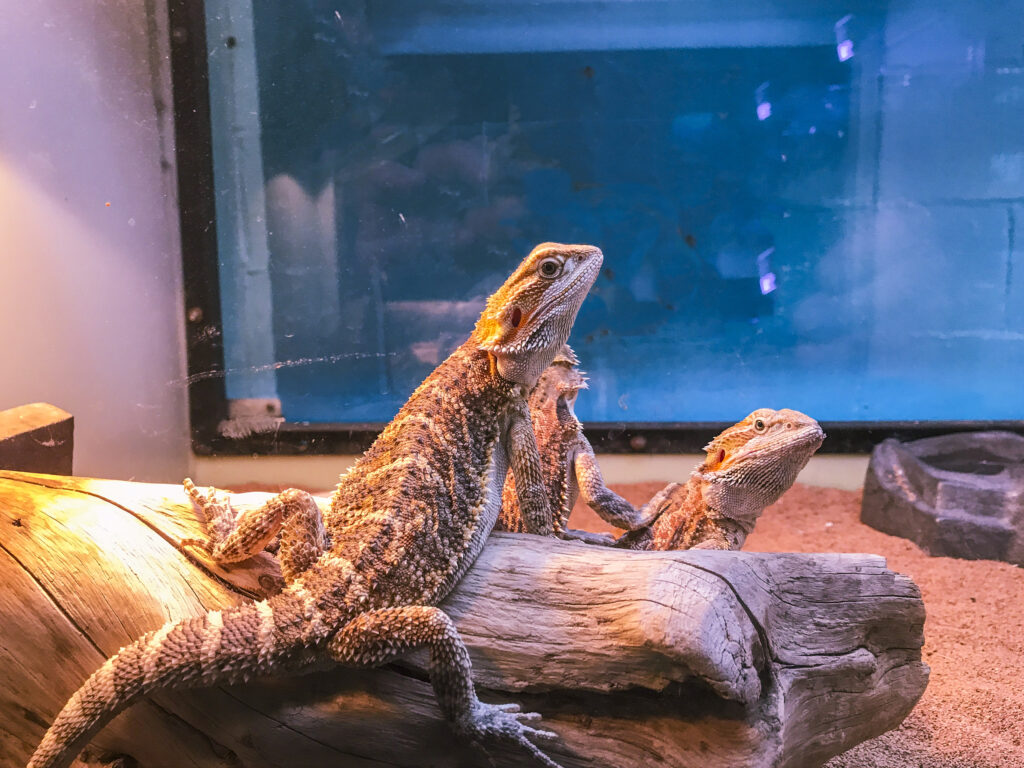
Photo by diane555/iStock/Getty Images Plus
Choosing the right enclosure size is one of the most important decisions you’ll make as a bearded dragon owner.
Good tank size supports proper thermoregulation, growth, and natural behaviors. Let’s break down the ideal tank sizes by life stage and explore why a bigger tank for your beardie is often better.
Key Takeaways
- Match tank size to your bearded dragon’s age.
- Space impacts health, helping with proper thermoregulation, movement, and stress reduction, which all depend on adequate enclosure size.
- It’s better to go big when choosing a tank. Providing your dragon more room supports physical and mental wellbeing.
- Dragons experience a rapid growth phase during the first few months, so make sure to plan your tank upgrades at critical growth thresholds.
Adjust Tank Size Based on Beardie Age
Hatchlings (0–3 Months):
Young beardies are small and still learning to hunt. When picking out a tank for your hatchling, a 20 to 40 gallon tank will give them enough room to move and thermoregulate without overwhelming space. If you give your hatchling too large a tank, it may stress them out and make it difficult for them to find and eat their food.
- Minimum: 20-gallon tank (36” L x 18” W x 18” H)
- Recommended: 40-gallon tank (48” L x 18” W x 18” H)
Recommended Products
Juveniles (3–12 Months):
At the juvenile age, a beardie is rapidly growing and needs more space to grow. A large tank supports better temperature gradients, encourages healthy movement, and promotes growth.
- Minimum: 40-gallon tank (48” L x 18” W x 18” H)
- Recommended: 75-gallon tank (48” L x 24” W x 24” H)
Recommended Products
Adults (12+ Months):
A full-grown bearded dragon needs ample space to move and hunt. If you put a full-size beardie in a smaller tank, this will restrict movement, stifle enrichment, obstruct heat/UV gradient access, and lead to stress or other health issues.
- Minimum: 75-gallon tank (48” L x 24” W x 24” H)
- Recommended: 120-gallon tank (72” L x 24” W x 24” H) or larger
Recommended Product
Why Tank Size Matters for Beardies
The tank size you choose for your beardie impacts their daily life, including their health, in the following ways:
- Thermoregulation. Larger tanks support proper temperature zones—from basking (95–105 F) to cooler (75–85 F) areas.
Recommended Products
- Activity and muscle health. Adequate room encourages climbing, perching, and exploration.
Recommended Products
Recommended Products
- Stress reduction. Cramped environments can cause behavioral and physical health problems.
When Setting Up Your Beardie Enclosure
When setting up your beardie tank, pay attention to the following tips:
- Dimensions matter. Beardies grow fast during the first year of their life. Make sure the size of the tank is appropriate for their age length.
- Materials. Glass aquariums, PVC, or wooden enclosures with screen vents are all OK if they maintain heat and UVB exposure.
- One dragon per tank. Bearded dragons are territorial, so multi-dragon housing is not recommended.
- Upgrade tanks on schedule. Don’t delay when it comes to your beardie’s growth. Failing to move a growing beardie out of a juvenile tank in time can compromise thermal gradient and stimulation.
- Avoid too small a tank. This can stunt a beardie’s growth and cause stress.
The tank you choose for your bearded dragon sets the stage for their overall health and happiness.
Undersized tanks limit thermoregulation, growth, and enrichment, while spacious enclosures foster natural behaviors and wellness. By sticking to recommended sizes, you’ll provide a thriving environment that meets both physical and emotional needs.
Prioritize space, temperature gradients, UVB exposure, proper humidity, enrichment, and your beardie will flourish in their forever home.
Attributions
This article was created with assistance from AI tools. The content has been reviewed for accuracy and edited by a human.
